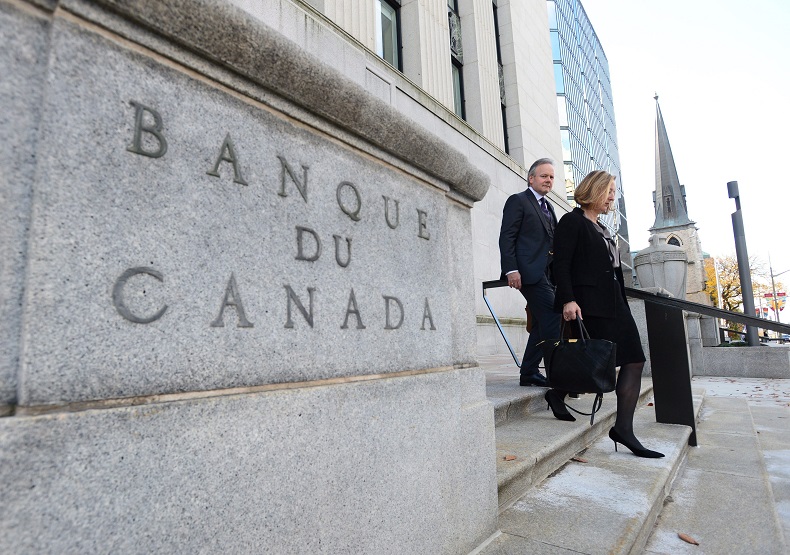Canada’s “robust” economy is expected to slow to a more normal pace in the coming year, a new report from the Parliamentary Budget Officer suggests, and it’s likely the Bank of Canada will keep bumping up its key interest rate until it hits three per cent in 2019.

The report, tabled Tuesday morning by the parliamentary fiscal watchdog, repeats what economists have been saying for months: the economy enjoyed a period of sizzling growth in the first half of 2017. That is virtually guaranteed to change, the PBO notes.
“We project that growth in consumer spending will moderate and residential investment will continue to decline as borrowing rates rise and disposable income gains diminish,” the report says.
WATCH: Canada’s economy booming, leads G7 in GDP

That will mean real growth in Canada’s Gross Domestic Product will slow down, from 3.1 per cent in 2017 to 1.9 per cent in 2018 and then to 1.8 per cent in 2019 before averaging 1.7 per cent annually over 2020 to 2022.
“We assume that the Bank of Canada will maintain its policy interest rate at 1.0 per cent until January 2018,” the report adds.
“We project that the Bank of Canada will gradually increase its policy rate by 25 basis points each quarter until the policy rate is returned to its … neutral level of 3.0 per cent by the end of 2019.”
READ MORE: 3 tips that could save you thousands on your mortgage, as interest rates rise
That will mean more costly borrowing for consumers and homeowners across the country.
Overall, the PBO says, the economic outlook “reflects the view that possible upside and downside outcomes are, broadly speaking, equally likely. In terms of downside risks, we maintain that the most important risk is weaker business investment. In terms of upside risks, we maintain that the most important risk is stronger household spending.”
No end to deficits in sight
The report also projects ahead to 2022-23 in terms of the federal deficit. The shortfall that year is estimated to be just under $10 billion, meaning there’s no end in sight to deficit spending.
The government has not set a target date for getting back to balance, preferring to focus on another measure of fiscal health: the debt-to-GDP ratio.
READ MORE: Improving economy won’t knock Liberals from deficit path, says Morneau
While the federal deficit for 2016-17 ($17.8 billion) was $3 billion lower than projected by the PBO last spring, Tuesday’s report confirms that this is “due, in part, to an estimated $1.8 billion in unspent infrastructure funding.”
The deficit for this fiscal year, 2017-18, is now pegged to be around $20.2 billion by the PBO. That’s higher than the government’s own recent estimate of $18.4 billion.
“We are projecting budgetary deficits that are $2.2 billion lower, on average, over 2017-18 to 2021-22 compared to our April outlook,” the report adds, mainly due to lower direct program spending.
WATCH: Bank of Canada’s unchanged interest rate ‘appropriate’ for now

Conservative opponents have long been critical about the government’s plan to add to the federal debt to fund new measures, while some economists have urged Ottawa to limit fiscal uncertainty by mapping out a plan to return to balance.
More recently, experts have also warned that Ottawa should consider delaying its nearer-term infrastructure investments to avoid the risk of overheating the already-sizzling economy.
— With files from the Canadian Press


Comments